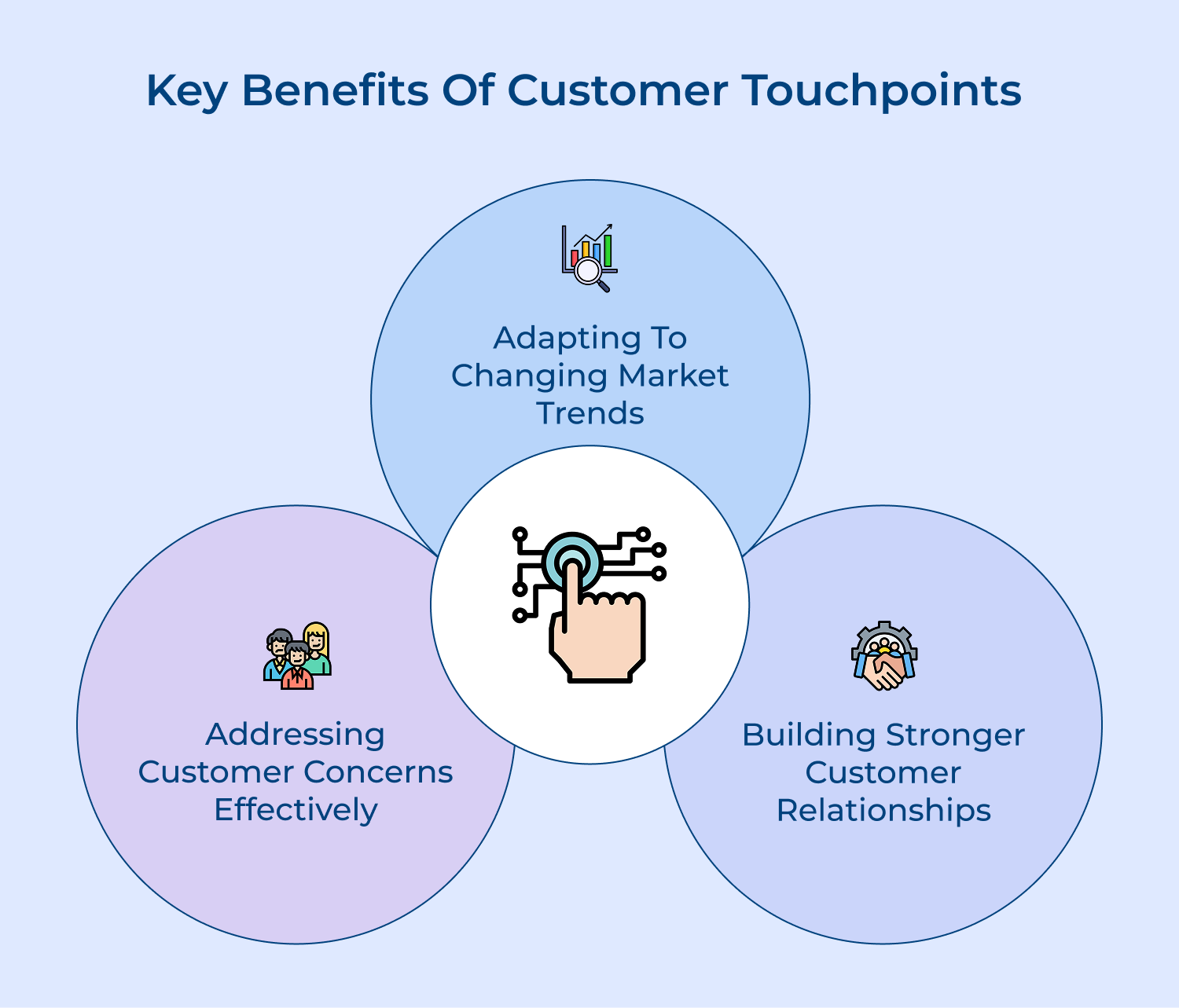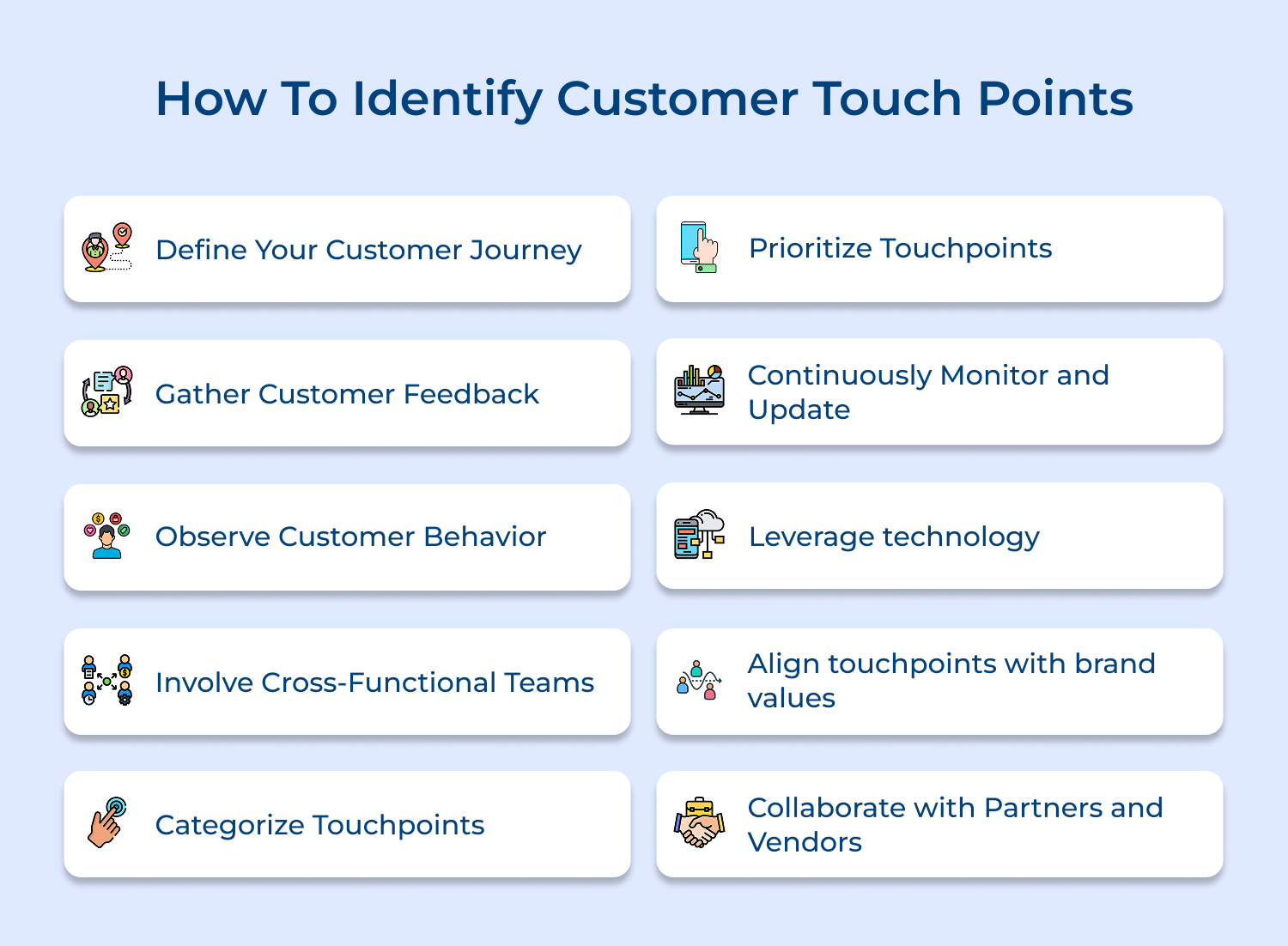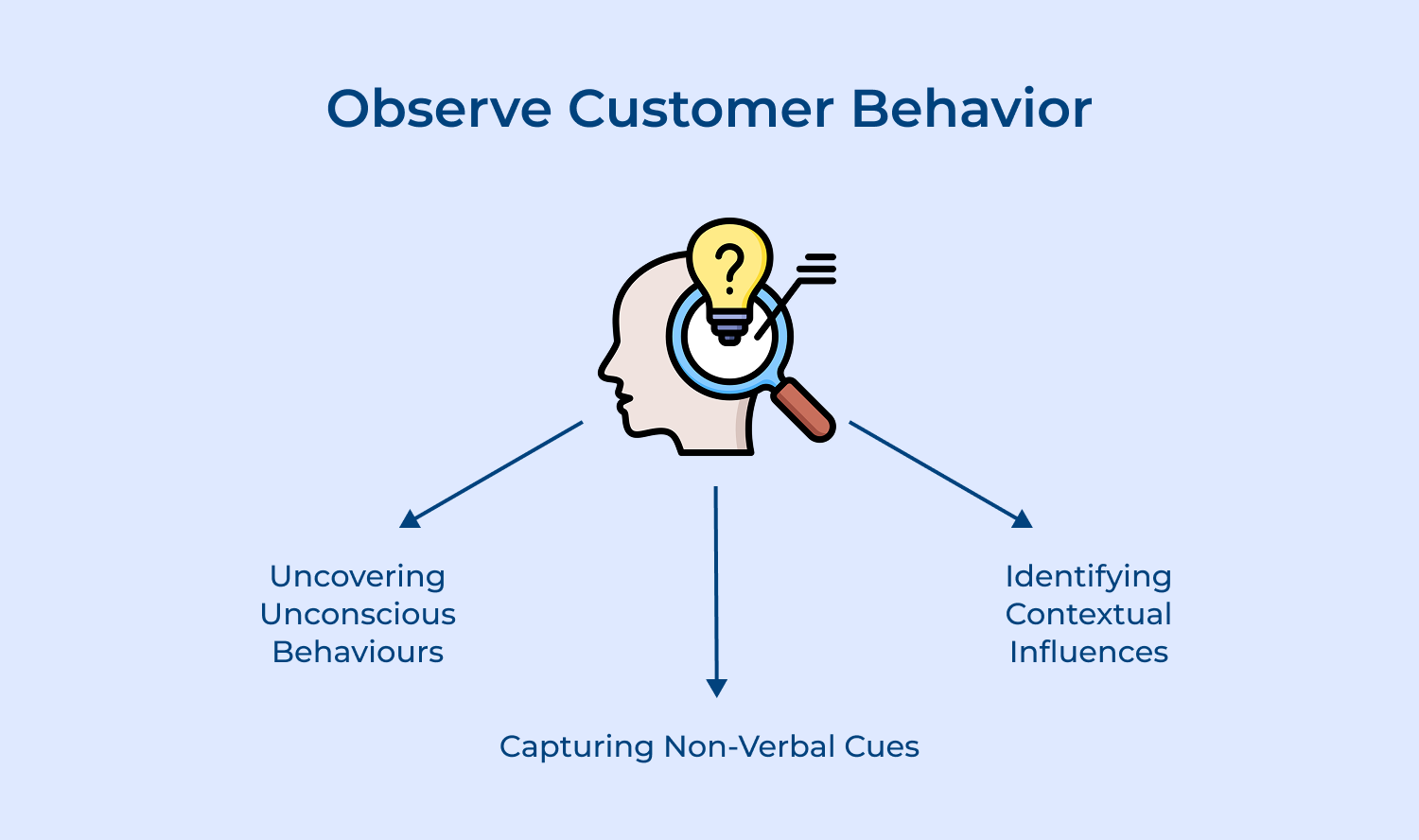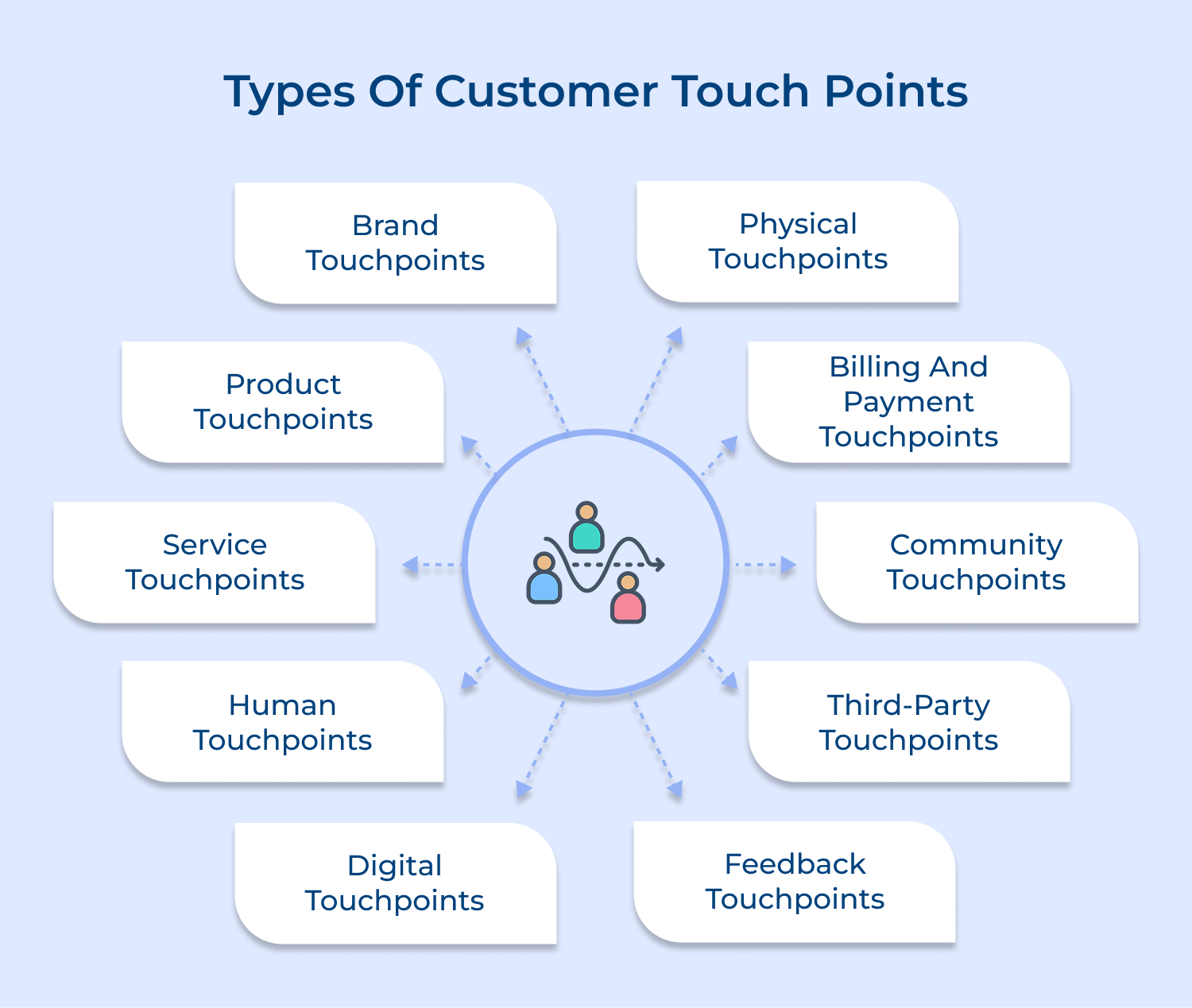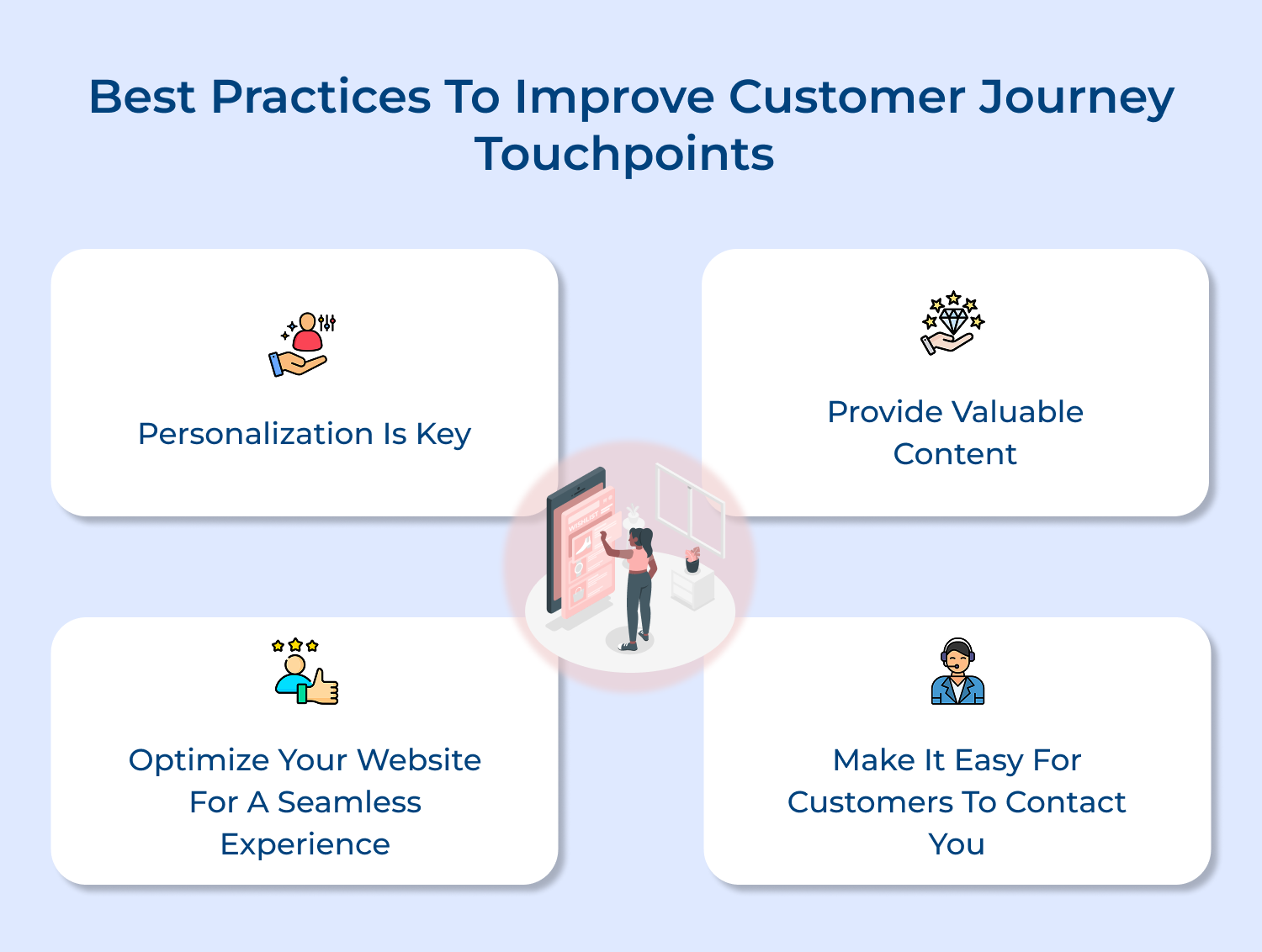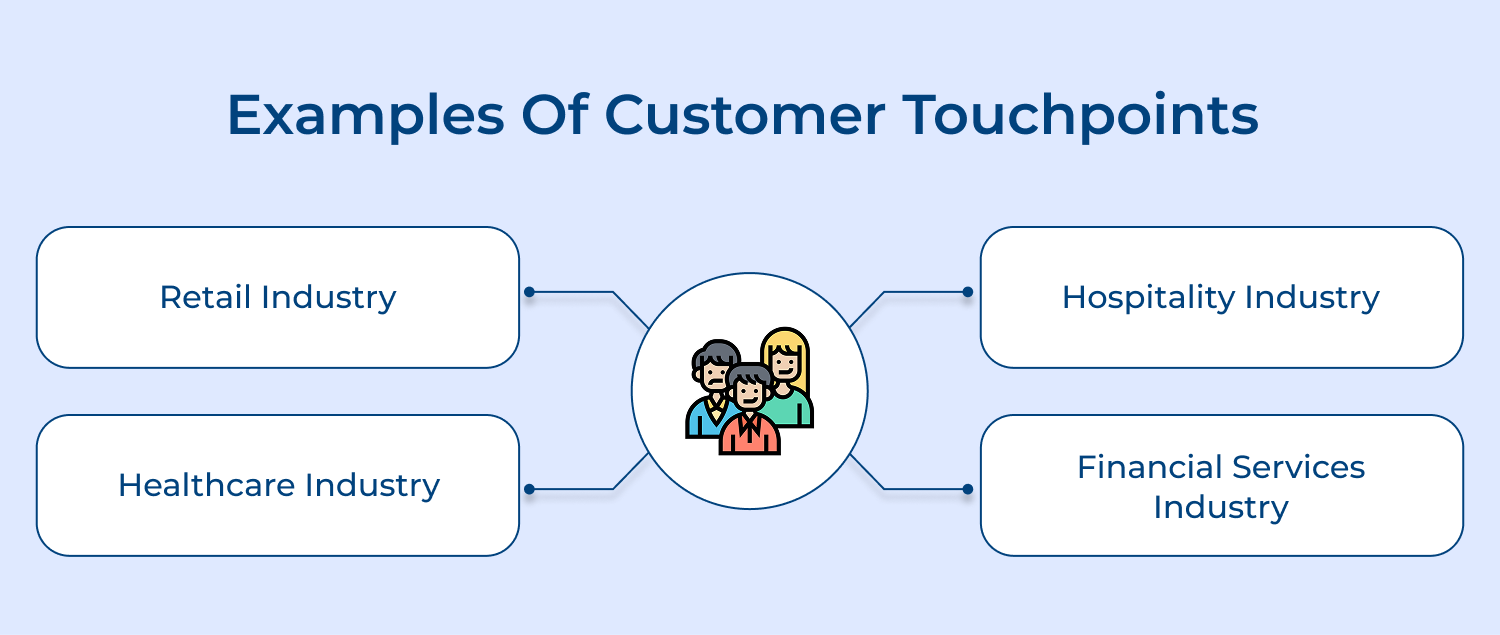4. Involve Cross-Functional Teams
Identifying customer touchpoints is not a task that should be siloed within a single department. Involve cross-functional teams, such as sales, marketing, customer service, and operations, to gather a holistic perspective. Each team may have unique insights into different touch points based on their interactions with customers.
5. Categorize Touchpoints
Once you have identified the various touchpoints, categorize them based on factors such as channel (e.g., website, social media, phone), stage of the customer journey (e.g., awareness, purchase, support) or customer segment. This categorization will help you prioritize and optimize touchpoints more effectively.
6. Prioritize Touchpoints
Not all touchpoints are created equal. Prioritize the touchpoints based on their impact on customer experience, revenue generation, or operational efficiency. Focus on optimizing the most critical touch points first, as this will yield the greatest return on investment.
7. Continuously Monitor and Update
Customer touchpoints are not static; they evolve as customer preferences, technologies, and market trends change. Establish a process for continuously monitoring and updating your touchpoints. Regularly gather feedback, analyze data, and adjust your touchpoint strategy accordingly.
8. Leverage technology
Technology plays a crucial role in identifying and managing customer touchpoints. Invest in tools and platforms that can help you track customer interactions, analyze data, and automate processes. Customer Relationship Management (CRM) systems, analytics tools, and chatbots can all contribute to a more seamless and efficient touchpoint management process.
9. Align touchpoints with brand values
Ensure that each touchpoint reflects your brand’s values, personality, and messaging. Consistency across touchpoints is essential for creating a cohesive and memorable customer experience. Develop guidelines and train employees to deliver a consistent brand experience at every interaction.
10. Collaborate with Partners and Vendors
Customer touchpoints may involve interactions with third-party partners or vendors in some cases. Choose to collaborate closely with these entities to ensure a seamless and consistent experience for customers. Establish clear expectations, guidelines, and communication channels to align touchpoint strategies.

